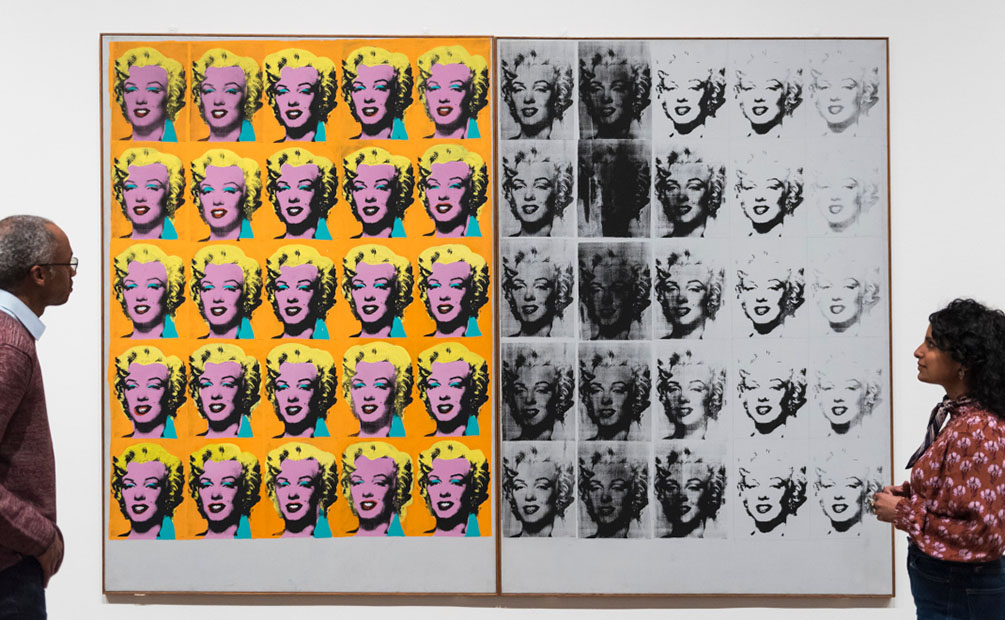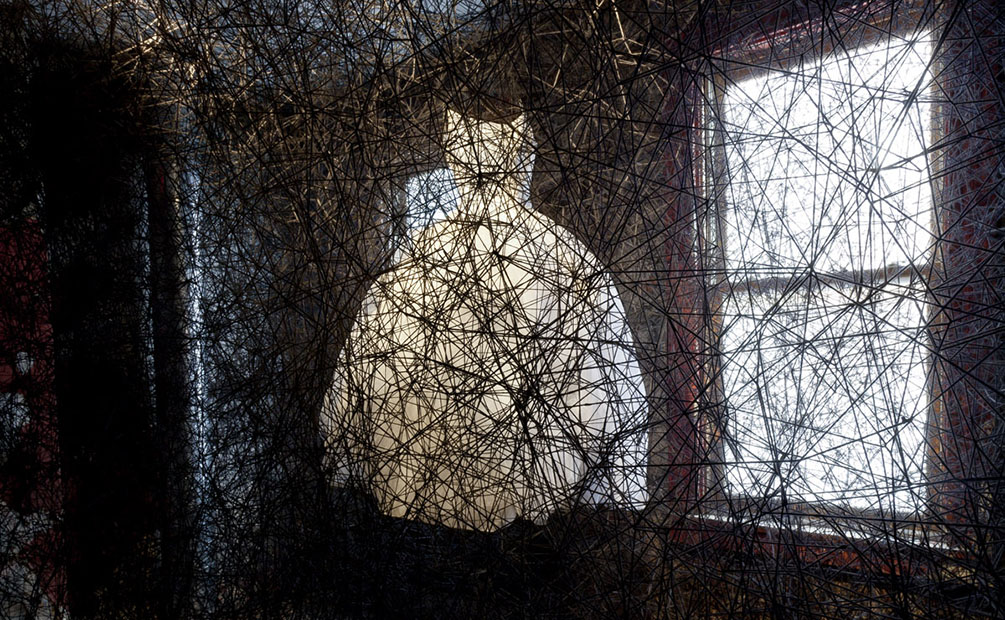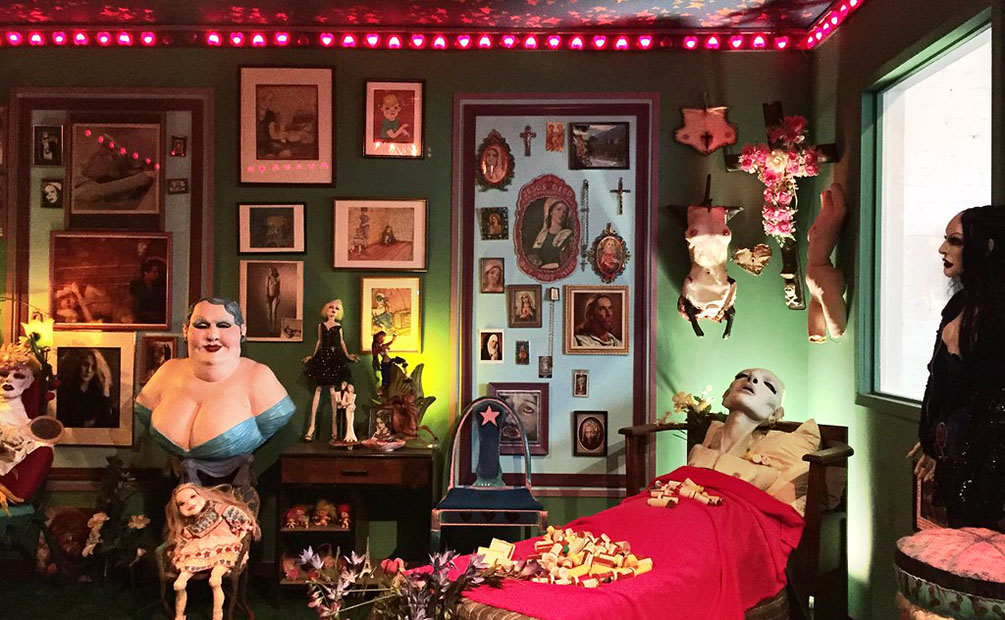
Immersed in the Heartbeat of Steel City
Renowned for its rich industrial history, Pittsburgh has undergone a remarkable transformation, and today, I am embarking on an exploration of its vibrant arts scene.
Morning Exploration: Andy Warhol Museum
The day begins with a visit to the Andy Warhol Museum, a tribute to the iconic pop artist who was a native of Pittsburgh. Located on the North Shore of the city, the museum is housed in a converted warehouse, providing an industrial-chic backdrop to Warhol’s revolutionary works.
Favorites:
- Marilyn Diptych (1962):
Standing in front of Warhol’s Marilyn Diptych, I am mesmerized by the bold colors and repetition that characterize his pop art. The fusion of glamour and a hint of melancholy is both captivating and thought-provoking. - Campbell’s Soup Cans (1962):
The exhibit featuring Warhol’s Campbell’s Soup Cans is a testament to his ability to elevate everyday objects into works of art. The simplicity of the subject matter is juxtaposed against the complexity of interpretation, making it a masterpiece in its own right. - Silver Car Crash (Double Disaster) (1963):
This piece, part of Warhol’s Death and Disaster series, provokes deep contemplation. The stark contrast between the allure of silver and the tragedy of a car crash challenges conventional perceptions of beauty and tragedy.
Recommendations:
- Screen Tests (1964-66):
An immersive experience that showcases Warhol’s fascination with the moving image. The Screen Tests exhibit offers a unique glimpse into the lives of Warhol’s contemporaries, creating an intimate connection with the 1960s New York art scene. - The Chelsea Girls (1966):
For a cinematic journey into Warhol’s avant-garde film-making, The Chelsea Girls is a must-see. Its split-screen format and unscripted narrative provide a raw and unfiltered glimpse into Warhol’s creative process. - Self-Portrait (1986):
Warhol’s self-portrait, created just a year before his death, captures the artist’s self-awareness and vulnerability. It serves as a poignant conclusion to the museum experience, inviting reflection on Warhol’s impact on the art world.
Logistics:
- Location: 117 Sandusky St, Pittsburgh, PA 15212, USA
- Route: Easily accessible from downtown Pittsburgh via the Andy Warhol Bridge.
- Tickets: Admission fees vary; discounts available for students and seniors.
- Booking: Online reservations recommended, especially during peak hours.
- Services: Guided tours, educational programs, and a gift shop.
- Pros: Diverse collection, engaging exhibits, and a well-curated museum space.
- Cons: Limited parking; advisable to use public transportation.
Personal Experience:
Standing amidst Warhol’s works, I felt a profound connection to the artist’s perspective. The museum’s layout, blending Warhol’s art with snippets of his life, provides an immersive experience. The Silver Car Crash left an indelible impression, prompting introspection about the intersection of beauty and tragedy.
Afternoon Delight: Mattress Factory Art Museum
The afternoon unfolds with a visit to the Mattress Factory Art Museum, an avant-garde space in the historic Mexican War Streets neighborhood. Known for its immersive installations and unconventional exhibits, the museum promises a sensory journey into contemporary art.
Favorites:
- Infinity Dots Mirrored Room by Yayoi Kusama:
Stepping into Kusama’s Infinity Dots Mirrored Room feels like entering another dimension. The infinite reflections create a mesmerizing and disorienting experience, blurring the boundaries between self and space. - Yayoi Kusama’s “Repetitive Vision” (2004):
This installation, characterized by its repetition of everyday objects, explores the concept of infinity and the obsessive nature of creation. The juxtaposition of mundane items in an otherworldly setting sparks contemplation about the mundane becoming extraordinary. - Greer Lankton’s “It’s all about ME, Not You” (1986):
Lankton’s exhibit, a combination of sculpture and performance art, challenges traditional notions of beauty and identity. The dolls, crafted with intricate details, serve as both a reflection and critique of societal expectations.
Recommendations:
- Chiharu Shiota’s “Trace of Memory” (2013):
Shiota’s installation, comprising intricate webs of black thread, invites visitors to contemplate the passage of time and the interconnectedness of memories. The immersive nature of the exhibit creates a deeply reflective atmosphere. - Gala Porras-Kim’s “Untitled” (2018):
Exploring the intersection of art and language, Porras-Kim’s installation challenges visitors to consider the role of communication in art. The use of symbols and linguistic elements adds a layer of complexity to the viewing experience. - “Gestures” by Meg Webster (2017):
Webster’s outdoor installation engages with nature, featuring a garden of indigenous plants. The dynamic relationship between the natural and the man-made prompts contemplation about humanity’s impact on the environment.

Logistics:
- Location: 500 Sampsonia Way, Pittsburgh, PA 15212, USA
- Route: Accessible by public transportation, with nearby parking available.
- Tickets: Admission fees vary; discounts for students, seniors, and military.
- Booking: Online reservations recommended, especially on weekends.
- Services: Guided tours, artist talks, and a gift shop.
- Pros: Unique and immersive installations, commitment to contemporary art.
- Cons: Limited parking; exhibits subject to change.
Personal Experience:
The Mattress Factory Art Museum is a testament to the power of contemporary art to evoke emotions and provoke thought. The immersive nature of the exhibits, especially Kusama’s Infinity Dots Mirrored Room, left me in awe. Lankton’s “It’s all about ME, Not You” challenged preconceived notions, prompting a reevaluation of societal norms.
Evening Reverie: Pittsburgh Symphony Orchestra at Heinz Hall
The day culminates with a cultural crescendo at Heinz Hall, home to the Pittsburgh Symphony Orchestra. Nestled in the heart of downtown Pittsburgh, the historic hall beckons with promises of a symphonic journey through the ages.
Favorites:
- Beethoven’s Symphony No. 9 in D Minor, Op. 125 (“Choral”):
The power and emotion of Beethoven’s Ninth Symphony reverberate through Heinz Hall. The inclusion of a choir in the final movement adds a celestial quality, creating an unforgettable experience that transcends time and space. - Tchaikovsky’s Swan Lake Suite:
The lush melodies of Tchaikovsky’s Swan Lake Suite evoke a range of emotions, from heart-wrenching sorrow to the ethereal beauty of the ballet. The symphony’s interpretation captures the essence of the original composition, creating a visual and auditory feast. - John Williams’ Theme from Schindler’s List:
The hauntingly beautiful theme from Schindler’s List, composed by John Williams, is rendered with poignant precision by the orchestra. The emotional depth of the piece resonates with the audience, serving as a testament to the orchestra’s ability to convey narrative through music.
Recommendations:
- Mozart’s Requiem in D Minor, K. 626:
A timeless masterpiece, Mozart’s Requiem is a profound exploration of life and death. The symphony’s rendition, with its intricate choral arrangements, offers a transcendent experience that lingers in the mind long after the performance concludes. - Stravinsky’s The Firebird Suite:
Stravinsky’s The Firebird Suite is a vibrant and evocative composition that showcases the orchestra’s versatility. The dynamic shifts in tempo and mood make it a captivating journey through Russian folklore. - Gershwin’s Rhapsody in Blue:
A fusion of classical and jazz, Gershwin’s Rhapsody in Blue is a lively and iconic piece. The orchestra’s interpretation captures the energy and improvisational spirit of the composition, making it a delightful and toe-tapping experience.
Logistics:

- Location: 600 Penn Ave, Pittsburgh, PA 15222, USA
- Route: Conveniently located in downtown Pittsburgh; accessible by public transportation.
- Tickets: Varied pricing based on seating; discounts for students and seniors.
- Booking: Online reservations recommended, especially for popular performances.
- Services: Season subscriptions, special events, and pre-concert talks.
- Pros: Historic venue, world-class orchestra, diverse repertoire.
- Cons: Limited parking; advisable to use public transportation.
Personal Experience:
Attending a performance at Heinz Hall was a culmination of auditory excellence and architectural grandeur. Beethoven’s Ninth Symphony, in particular, stirred my soul, and the orchestra’s interpretation of Tchaikovsky’s Swan Lake Suite transported me into the realm of balletic beauty. The seamless integration of visuals and music during John Williams’ Theme from Schindler’s List left me in awe of the orchestra’s ability to convey emotion.
Closing Thoughts: A Day of Artistic Extravaganza
Pittsburgh’s arts scene proved to be a tapestry of diversity, weaving together the avant-garde spirit of contemporary installations with the timeless elegance of symphonic performances. From the vibrant colors of Warhol’s pop art to the immersive experiences at the Mattress Factory Art Museum and the emotive crescendos at Heinz Hall, each venue offered a unique perspective on artistic expression.
Overall Recommendations:
- Pittsburgh’s Artistic Diversity: The city’s arts scene caters to a wide range of tastes, from classic to contemporary, ensuring a fulfilling experience for every art enthusiast.
- Cultural Accessibility: Convenient transportation options make it easy to navigate between art venues, allowing for a seamless exploration of Pittsburgh’s cultural offerings.
- Discount Opportunities: Students, seniors, and military personnel can benefit from various discounts, enhancing the accessibility of cultural experiences.
As the day concludes, I find myself reflecting on the beauty of Pittsburgh’s transformation from a steel city to a cultural hub. The symphony of steel resonates not only in the city’s architecture but also in the vibrant arts that breathe life into its streets. This journey through Pittsburgh’s artistic landscape has been a harmonious blend of the past and the present, a testament to the city’s resilience and its commitment to nurturing the arts.


